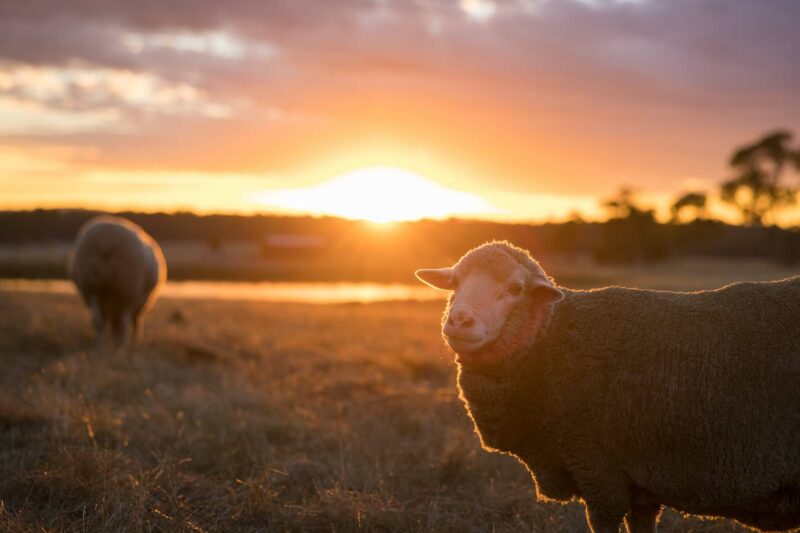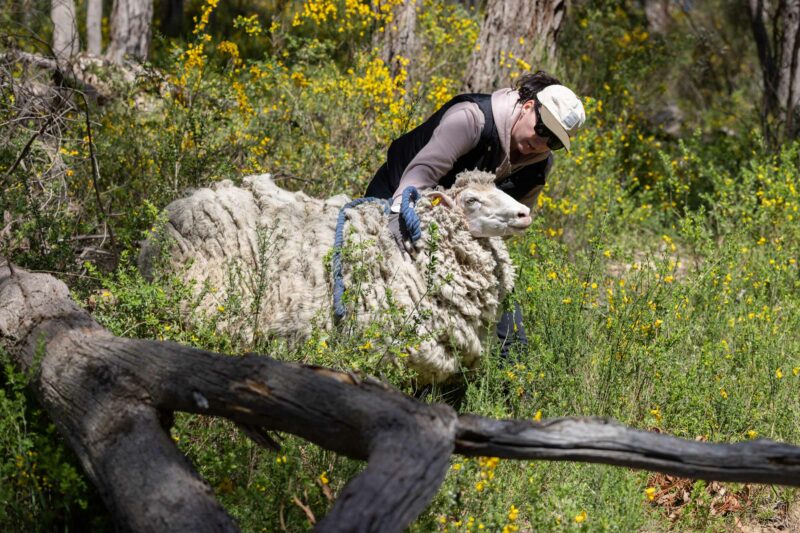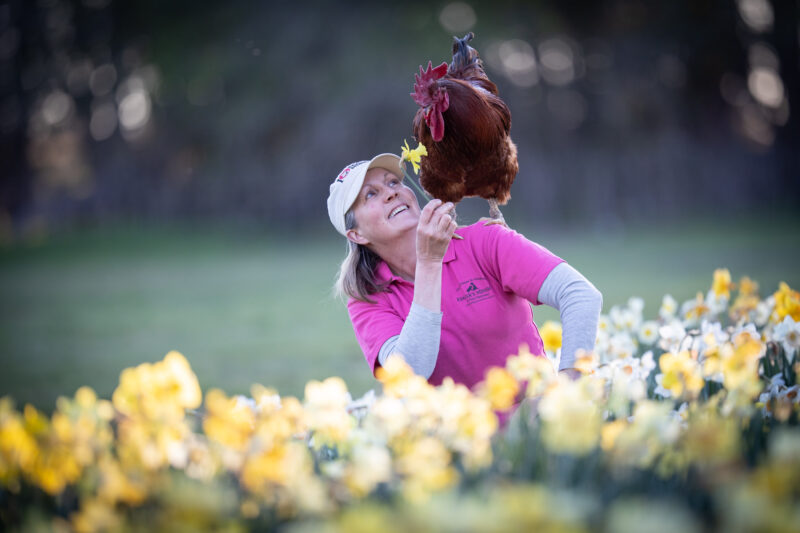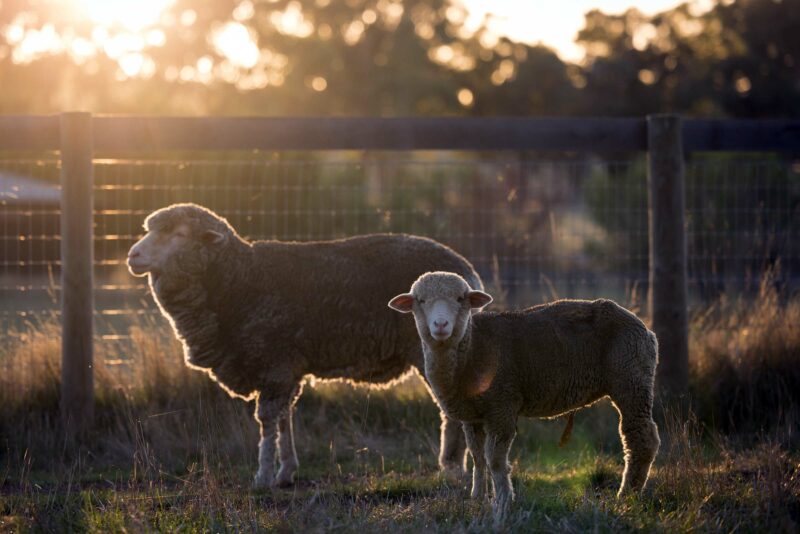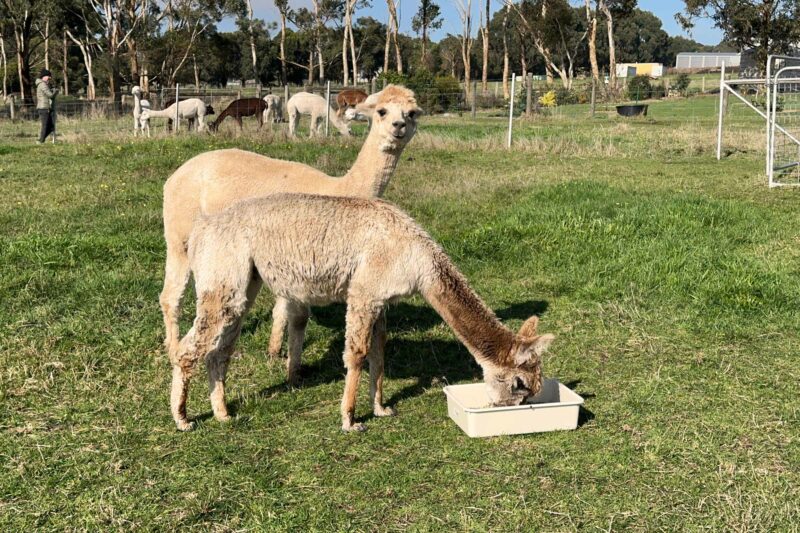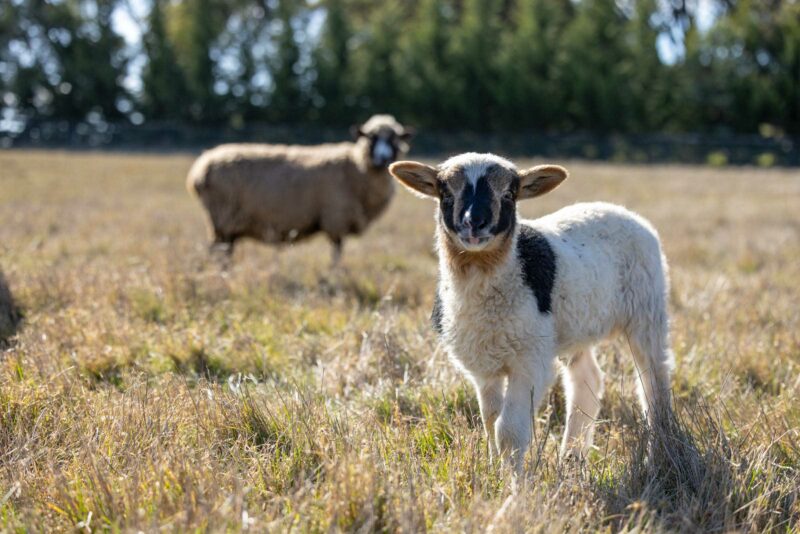
Lambikins and the unfurling story of kindness…
Surrounded by a “love of lambs”* as I am right now, my memory wanders back to the very first lamb I rescued more than thirty years ago. “Ah, here it is”, I muse, halting at a time when my hair was a different colour and I was a couple of kilos lighter, but my heart was just the same.
It was a Wednesday in October when I was travelling in the wee hours of the morning to the Wycheproof Agricultural Show in Central Victoria. With the sun preparing to make her debut for the day, I spied, on the long lonely stretch of road ahead with not a farmhouse in sight, a white plastic bag zip swiftly across. This struck me as odd as the day had promised to be picture perfect, without a breath of wind to upset my dear pony, Simon, at his first show. Moments later the bag darted back from the direction in which it came. “Oh dear”; such blustery weather was not conducive for a happy day. But the vehicle in which I travelled gave no hint of the whirly weather that lay ahead. After the third appearance of the white plastic bag, which was by now much much closer, and now stock still in the middle of the road, I too stopped my vehicle, scratched my perplexed head and got out. To my surprise, the plastic bag was no more. Standing before me in its place, on most wobbly legs, the bag had somehow morphed miraculously into the sweetest little lamb I had ever seen. And so began my love affair with lambs and my first ever rescue of one.
And in my heart she now remains as she is no longer physically in this world. But before she left this plane she lived, loved and lounged about for many many happy years with the family of a dear friend. Here she gambolled into their hearts as well as their veranda on a daily basis. She would baa at their back door, and if that did not bring about the desired result she would tap, at first politely, but then not so, on the back door for her bottle. And as the milk gave way to water and dear Lambikins aged, she brought so much joy and happiness to all she met, and for good reason, as those are the very things that little lambs (and their older versions) embody.
Over the years I have learned so many things about little lambs and how best to care for them. The importance of colostrum (the mother’s first life-enhancing milk), the need for warmth, the importance of play, companionship and the opportunities to learn, grow and explore the world. Yet one of the things that has struck me most is how similar they are to we humans. With love, support and kindness, they thrive, even in foreign environments, and just like us, when they are neglected, forgotten or abused, they fail to do so.
And just as my heart was moved to help that little lamb in trouble all those years ago, I have since witnessed this phenomenon countless times in meeting other hearts so moved to do something about the urgent plight of helpless animals they have found before them. At this time of the year there is none more helpless than lambs. From the little boy out walking who came upon a wee, vulnerable and lost lamb (Hakuna Matata), to the young man who, whilst driving, spotted an injured youngster, dropped roadside by a bird of prey, a large gash on his head the legacy of this ordeal (Rocket Man). These incidents are but two of so so many that truly speak to the goodness of the human heart, our prosocial nature and the greatness of our humanity. They invite us to consider: why is it that when confronted with the suffering of an innocent, our mirror neurons within our brains kick in and so too our compassion? There is no doubt our species is hardwired for kindness. And being kind to others, especially animals, makes us feel good. Furthermore, seeing the world through the eyes of others creates empathy and a level of understanding that augurs well for a kinder way of living.
Science supports this theory too. And then there’s oxytocin, the love hormone. It floods our brains and fuels our hearts and makes us feel good. Want proof? Just look at pictures of happy and safe lambs, gambolling with glee or lying in the sun, their little faces beaming with contentment or their squiggly tails wagging in delight as they take a drink of milk. The corners of your mouth will head north, your expression will soften, your body will relax as your mind becomes more open. In short: you will feel good. Studies too have shown that the more we are exposed to positive and happy images, the more we are likely to be kind and compassionate across the board.
And there’s another interesting thing that happens to our brains, the more we are exposed to pleasant images of animals. We develop positive feelings towards those animals, along with a greater appreciation of them. This too applies to nature and the natural world. Naturally, these situations occur when the brain has not become desensitised to the suffering of others. And that does not happen in a vacuum. Slaughterhouse workers have been shown to suffer a condition known as PITS, Perpetration Induced Trauma Syndrome. It is akin to PTSD experienced by combat soldiers who have killed others and the associated impacts that has had on their mental health and well-being. The reason is, we are not wired to cause harm to others: it goes against the goodness of the human heart. But there is always hope: with compassion and kindness, hearts can heal and awe and wonder can spring. There is no doubt the benefits that arise from kindness towards the meek enhance the mental and physical well-being of both us and them.
So the upshot to this story is simple: don’t litter, drive carefully and be kind, especially to little lambs.
*A “love of lambs” is a new phrase we here at Edgar’s Mission trust we can introduce to the English lexicon: a succinct collective noun for a group of lambs. Please do try and use it wherever possible to ensure its usage takes hold.

